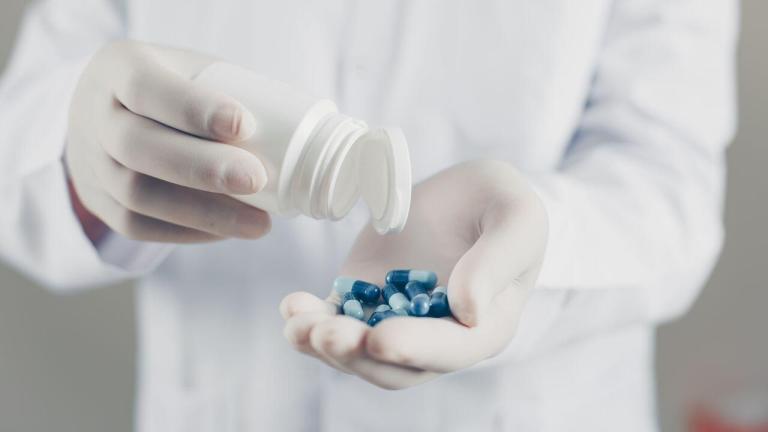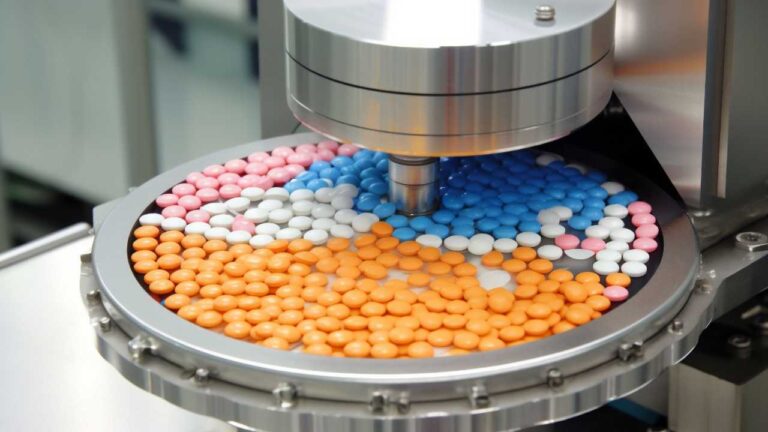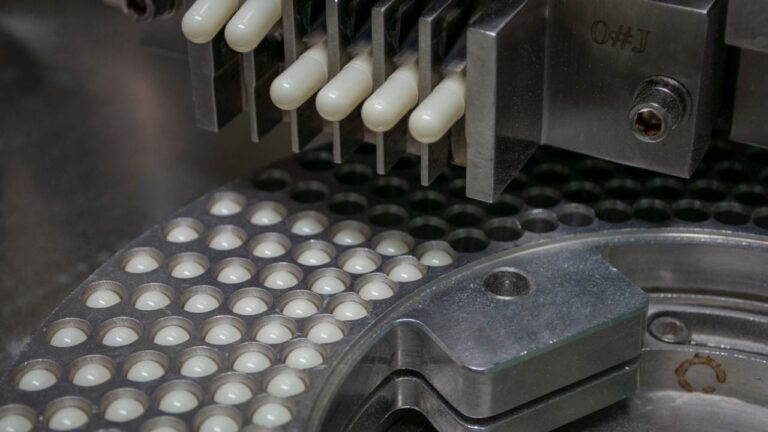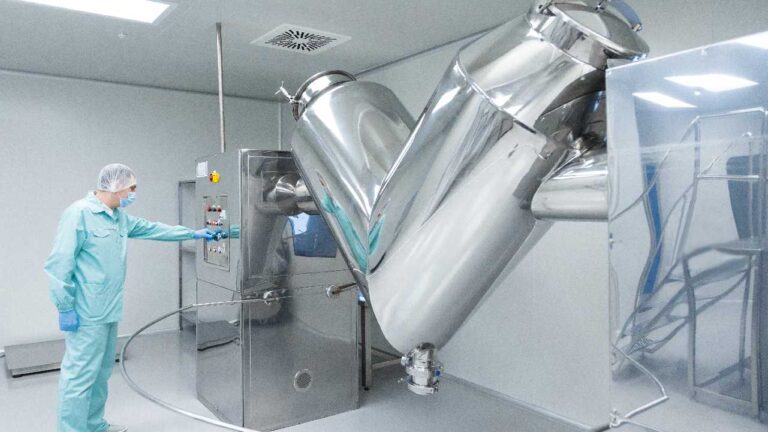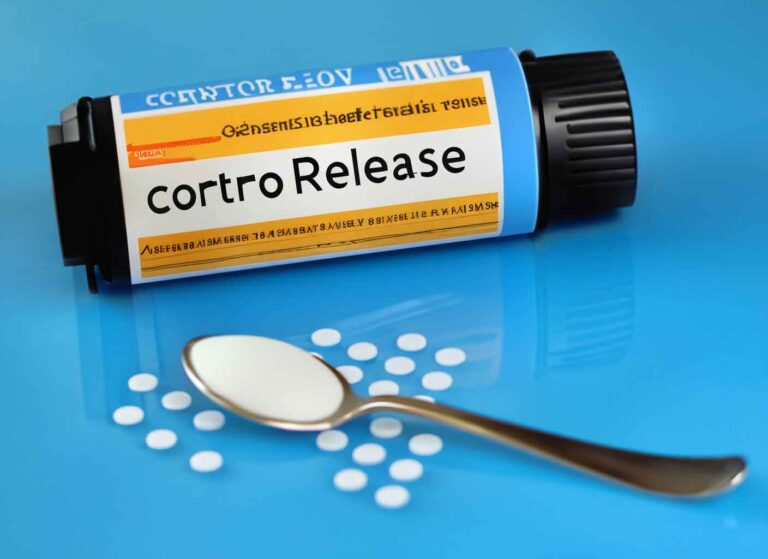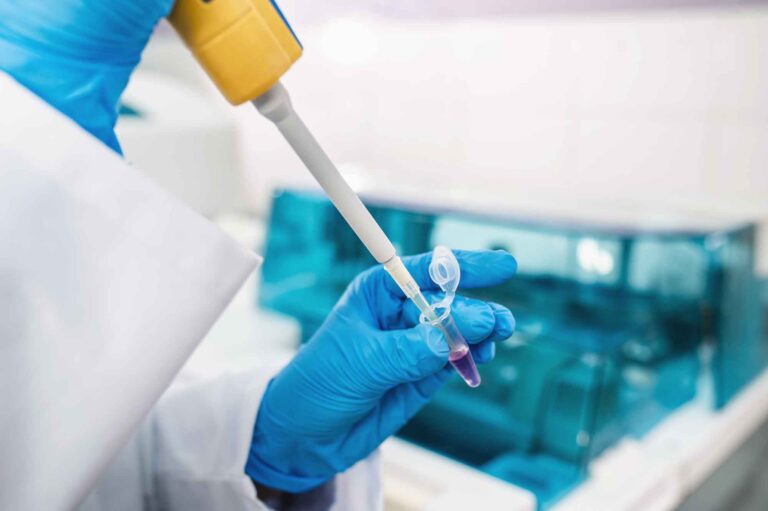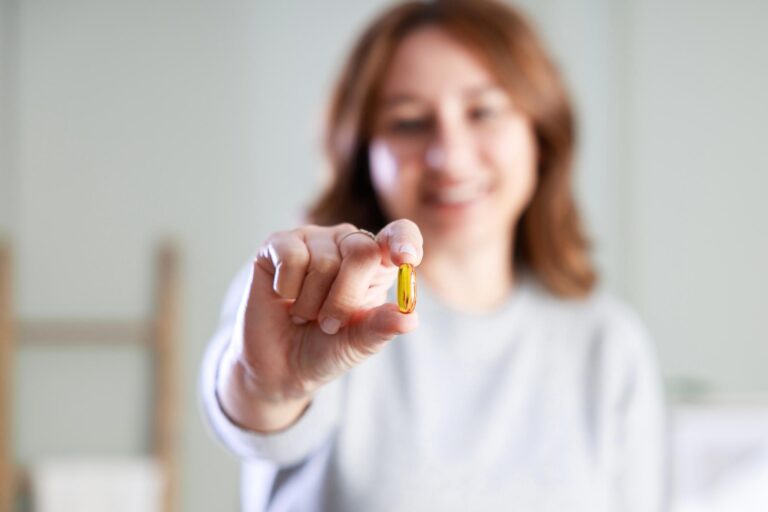
Rare diseases, which are estimated to affect approximately 400 million people worldwide, present unique and substantial challenges in the pharmaceutical landscape. These diseases are characterized by their low prevalence, yet collectively, they represent a significant portion of the global health burden. In the United States alone, over 30 million individuals are affected by one of the nearly 7,000 known rare diseases. This highlights the urgent need for effective medical treatments that can address the diverse and complex needs of this patient population.
The Orphan Drug Act of 1983 marked a pivotal moment in the history of rare disease treatment. It was a legislative milestone that provided incentives for the development of drugs for rare diseases, often referred to as orphan drugs. This act has been instrumental in fostering progress within the field, leading to the approval and availability of new therapies that previously may not have been economically viable for pharmaceutical companies to pursue. However, despite these advancements, the reality is that a significant majority of rare diseases still lack FDA-approved treatment options. This gap underscores the ongoing need for research and development in this area.
To accelerate the development of orphan drugs, it is crucial to delve into the complex biology of these diseases and to enhance our understanding of their natural histories, which are often poorly characterized. The challenges faced in this endeavor are multifaceted. One of the primary obstacles is the small size of patient populations affected by each rare disease, which poses significant difficulties for clinical trial recruitment and execution. This scarcity of patients can lead to challenges in gathering sufficient data to demonstrate the efficacy and safety of potential treatments.
Despite these challenges, the integration of advanced technologies and the growth of scientific knowledge hold the promise of developing groundbreaking treatments. Innovations in genomics, personalized medicine, and biotechnology are opening new pathways for the discovery and development of therapies that could potentially transform the lives of those affected by rare diseases. By leveraging these technologies and fostering collaboration among researchers, clinicians, and patient advocacy groups, the potential to create effective treatments for rare diseases is greater than ever.
The journey toward finding cures and effective management options for rare diseases is a collective effort that requires persistence, innovation, and a deep commitment to understanding the unique aspects of each condition. As we continue to push the boundaries of science and medicine, there is hope that more orphan drugs will emerge, offering new hope to those living with rare diseases. The Orphan Drug Act of 1983 serves as a foundation upon which we can build a more inclusive and responsive healthcare system, one that recognizes the importance of addressing the needs of all patients, regardless of the rarity of their condition.
Pre-formulation and API Characterization
The Central Role of APIs
At the heart of any pharmaceutical product is the API, the very substance that is intended to produce the desired therapeutic effect. The development process of an API is a testament to the intersection of chemistry, biology, and pharmacology, where precision and thorough understanding are paramount.
Chemical Synthesis of APIs
Chemical synthesis is the most common method used to develop APIs. It involves a series of carefully controlled chemical reactions to create the desired molecule with high purity and specificity. This process is not only about combining reactants but also about ensuring that the conditions under which the reactions occur lead to the highest yield and purity of the product. The synthesized API must then undergo rigorous testing to ensure its safety and efficacy, including preclinical testing in animals followed by clinical trials in humans.
Preclinical and Clinical Testing
Preclinical testing is an essential step in the API development process. It involves assessing the biological activity and safety of the newly synthesized API in animal models. This phase aims to identify any potential toxicity and to establish a safe dosage range. Following successful preclinical testing, the API moves into clinical trials, where its safety and efficacy are tested in humans. These trials are conducted in multiple phases to assess various aspects such as dose-response, side effects, and effectiveness compared to existing treatments.
Regulatory Compliance and Quality Assurance
Bringing an API to market requires strict adherence to regulatory guidelines and quality assurance practices. The FDA’s Good Manufacturing Practice (GMP) guidelines provide a framework for the proper design, monitoring, and control of manufacturing processes and facilities. Compliance with these guidelines ensures that APIs meet the necessary quality standards for safety, identity, strength, and purity.
Global Supply Chain and Manufacturing
The manufacturing and supply chain of APIs are complex and global in nature. The majority of large-scale API manufacturing sites are located outside the United States, predominantly in countries like India and China. This global distribution poses challenges in terms of supply chain security and the need for rigorous quality control measures to ensure that APIs meet the stringent standards required by regulatory bodies.
Innovation in API Development
The field of API development is continuously evolving, with innovations aimed at improving the solubility, stability, and delivery of APIs. For instance, nanotechnology is being explored to create nanoparticles that can enhance the solubility and bioavailability of poorly soluble APIs. Additionally, targeted delivery systems are being developed to deliver APIs directly to the site of action, thereby reducing systemic exposure and potential side effects.
Formulation and Process Development
Understanding Orphan Drugs: Orphan drugs are pharmaceutical agents developed to treat, prevent, or diagnose rare diseases—conditions affecting a small percentage of the population. The rarity of these diseases often results in a lack of market-driven drug development due to the high cost and low return on investment. However, the impact on individuals with rare diseases is significant, making the development of orphan drugs a crucial endeavor.
Formulation Challenges: The formulation of orphan drugs presents unique challenges. Due to the small patient populations, every gram of the active pharmaceutical ingredient (API) is precious. Developers must optimize the formulation to minimize API usage while ensuring efficacy and stability. A risk-based Chemistry, Manufacturing, and Controls (CMC) plan is recommended, which should be discussed with regulators throughout the development process. Predictive tools can be used to reduce API waste, aiming to lock in the process as early as possible. The formulation must be developed with excipients that are scalable for larger processing, ensuring that the formulation used in first-in-human trials can transition smoothly to commercial launch.
Manufacturing Complexities: Manufacturing orphan drugs involves navigating expedited regulatory pathways and managing the risks associated with accelerated timelines. The key issues presented by orphan drugs include high costs, limited commercial capability for low-volume products, and ensuring product consistency during scale-up. Fit-for-purpose manufacturing and supporting infrastructure are essential to efficiently scale up and deliver products for patients. Oral tablets and capsules are the most favored dosage forms due to their convenience, versatility, and cost-effectiveness, making them a preferred choice for both pharmaceutical companies and patients.
Regulatory Navigation: Navigating the regulatory landscape is a critical component of orphan drug development. In the United States, the Orphan Drug Act facilitates the development of treatments for rare diseases by providing incentives such as tax credits, grant funding, and market exclusivity. The FDA has continuously advanced regulatory pathways for orphan drugs, including n-of-one clinical trials, which have been successful in some cases. Collaborative efforts between government, regulatory bodies, industries, and patient advocacy groups are necessary to boost orphan drug development, especially in resource-constrained countries.
Global Impact and Success Stories: Despite the challenges, orphan drugs have had a significant impact globally. Advances in genome sequencing technologies and the emergence of cell and gene therapies have led to the approval of orphan drugs with curative potential. In recent years, the FDA has approved several drugs belonging to advanced modalities such as gene therapy, gene-editing therapy, cell therapy, and gene-modified cell therapy. These approvals represent a beacon of hope for patients with rare diseases, offering new treatment options and the potential for improved quality of life.
First-in-human Clinical Testing and Acceleration into POC Trials
Understanding Orphan Drugs and Rare Diseases
Orphan drugs are medicinal products intended for the diagnosis, prevention, or treatment of life-threatening or very serious conditions that are rare and affect not more than 5 in 10,000 persons in the European Union, as defined by the European Medicines Agency (EMA). In the United States, an orphan disease is one that affects fewer than 200,000 people nationwide, according to the Orphan Drug Act of 1983.
Rare diseases, also known as orphan diseases, are characterized by their low prevalence, with some affecting only a handful of individuals worldwide. Despite their rarity, collectively, rare diseases are not uncommon, with thousands of such conditions affecting millions of people globally. This paradoxically widespread impact underscores the importance of developing treatments for these conditions.
The Significance of FIH Clinical Testing
The FIH clinical testing phase is a watershed moment in the development of any drug, but it holds particular significance for orphan drugs due to the unique challenges they face. This phase represents the first time a drug is administered to humans, and it is designed to evaluate the initial safety profile, tolerability, pharmacokinetics (PK), and pharmacodynamics (PD) of the compound.
- Safety and Tolerability: The primary concern in FIH trials is to establish the safety of the new drug in human subjects. Researchers closely monitor participants for any adverse reactions or side effects.
- Pharmacokinetics: PK studies are crucial as they track how the drug is absorbed, distributed, metabolized, and eventually excreted by the body. This helps in understanding the drug’s bioavailability and the required dosage forms.
- Pharmacodynamics: PD studies provide insights into the drug’s biological effects and its mechanism of action within the body. This includes observing the drug’s efficacy and any physiological changes it induces.
Transitioning from Preclinical Studies to FIH Trials
Before reaching FIH trials, orphan drugs must undergo extensive preclinical research, including in vitro (test tube or cell culture) and in vivo (animal) studies. These studies aim to establish preliminary efficacy, toxicity, pharmacokinetics, and pharmacodynamics.
- In Vitro Studies: These are the earliest stage of drug testing, where compounds are tested on cells or biological molecules outside of living organisms. These studies help identify potential therapeutic effects and mechanisms of action.
- In Vivo Studies: Following successful in vitro studies, potential drugs are tested in animal models to evaluate their safety and biological activity. The results from these studies form the basis for designing human trials.
Ethical and Regulatory Oversight in FIH Trials
Ethical considerations are paramount in FIH trials. Institutional Review Boards (IRBs) or Ethics Committees (ECs) must approve all aspects of the trial, ensuring the protection of human subjects. Informed consent is a fundamental requirement, with participants fully briefed on the potential risks and benefits before agreeing to partake.
Regulatory agencies, such as the FDA in the United States and the EMA in Europe, provide stringent oversight of FIH trials. They require a comprehensive review of all preclinical data and a detailed clinical trial plan before granting approval to proceed.
Accelerating Development with Proof of Concept (POC) Trials
POC trials are a critical extension of FIH studies. They aim to demonstrate early evidence of a drug’s efficacy and further assess its safety profile. These trials are typically small-scale but are strategically designed to yield robust data that can inform the decision to advance a drug candidate to later-stage development.
Innovative trial designs, such as adaptive trials, can expedite the POC process. These designs allow for modifications based on interim results, potentially saving time and resources if the drug proves ineffective.
Challenges and Opportunities in Orphan Drug Development
Developing treatments for rare diseases presents unique challenges, including limited patient populations for clinical trials, high costs, and complex regulatory pathways. However, the orphan drug development landscape is evolving, with advances in genomic medicine, targeted therapies, and regulatory incentives fostering progress.
Success stories in orphan drug development often involve close collaboration among researchers, regulatory bodies, patient advocacy groups, and pharmaceutical companies. These partnerships are essential for navigating the complexities of bringing new treatments to market for rare diseases.
Clinical Trial Manufacturing and Supply
Hycon: A CDMO Specializing in Orphan Drugs Hycon Labs, a Contract Development and Manufacturing Organization (CDMO) based in Happauge, New York, stands out in the pharmaceutical industry for its dedicated focus on orphan drugs. These drugs are intended to treat rare diseases, which are conditions affecting a small fraction of the population. The U.S. Food and Drug Administration (FDA) categorizes any disease affecting fewer than 200,000 people in the United States as a rare disease. The development and manufacturing of orphan drugs are complex and highly regulated, requiring specialized knowledge and facilities that Hycon provides.
The Critical Phases of Clinical Trials Clinical trials for orphan drugs are divided into three critical phases:
- Phase I: This initial phase is designed to assess the safety and dosage tolerance in a small group of volunteers or patients.
- Phase II: The drug’s efficacy and side effects are evaluated, often involving a larger group of people.
- Phase III: This phase involves randomized and blind testing in several hundred to several thousand patients, providing the FDA and other regulatory bodies with a thorough understanding of the effectiveness and value of the drug.
Manufacturing for Clinical Trials Hycon’s manufacturing capabilities are tailored to meet the unique demands of each clinical trial phase. They ensure the production of the orphan drug product in the required quantities and formats, whether it be tablets, capsules, injectables, or other specialized delivery systems. Their state-of-the-art facilities are equipped to handle the complexities of small molecule oral and transdermal dosage forms, among others.
Packaging and Distribution Proper packaging is not only essential for the stability and integrity of the drug product but also for compliance with regulatory standards. Hycon’s packaging solutions are designed to meet these stringent requirements while ensuring the safe and efficient distribution of the drug to clinical trial sites worldwide.
Regulatory Compliance and Quality Assurance Navigating the regulatory landscape is a critical aspect of clinical trial manufacturing. Hycon’s regulatory strategy is meticulously crafted to align with the evolving drug development process, ensuring compliance with global standards. Their quality assurance processes are robust, aiming to guarantee the safety and efficacy of the drug products.
Direct-to-Patient Services For rare diseases, patients are often geographically dispersed, making traditional clinical trial models challenging. Hycon offers direct-to-patient services, ensuring that trial participants receive the necessary drugs regardless of their location.
Supply Chain Management Hycon excels in managing the clinical supply chain, encompassing raw material sourcing, inventory management, demand forecasting, and cost optimization. Their comprehensive approach ensures that the drug product is available when and where it’s needed, without unnecessary delays or waste.
Post-Trial Services After the completion of clinical trials, Hycon handles the return of unused drugs, reconciles the inventory, and ensures the proper destruction of expired or unused materials, adhering to environmental and regulatory standards.
Rapid Scale-up and Commercial Manufacturing
The development of an orphan drug is a beacon of hope for patients with rare diseases, offering a potential pathway to treatment where none may have existed before. The process is intricate and requires a steadfast commitment to research, patient safety, and regulatory compliance. Here’s a more detailed look at the journey of an orphan drug from conception to market:
- Discovery and Target Identification: The odyssey begins in the research laboratory, where scientists embark on a quest to understand the underlying mechanisms of a rare disease. This involves identifying the genetic mutations, molecular pathways, and cellular processes that contribute to the disease’s manifestation. The goal is to find a ‘target’—a specific molecule or pathway that can be modulated by a drug to alter the course of the disease.
- Lead Compound Identification and Optimization: With a target in hand, the next step is to find a ‘lead compound’—a chemical that interacts with the target in a desirable way. This phase often involves screening libraries of chemicals for activity against the target, followed by optimizing the lead compound for increased efficacy, stability, and safety.
- Preclinical Development: Promising candidates then undergo a battery of preclinical tests. These include in vitro (test tube) experiments to study the drug’s interaction with the target and in vivo (animal) studies to assess its safety and therapeutic potential. The data gathered during this phase is crucial for designing human trials and obtaining regulatory approval to begin them.
- Investigational New Drug (IND) Application: Armed with preclinical data, the drug developer submits an IND application to the FDA. This is a pivotal moment in the drug’s journey, as it marks the transition from laboratory research to clinical development.
- Clinical Development: Clinical trials are the heart of drug development, where the safety and efficacy of the drug are tested in humans. This phase is divided into three stages:
- Phase I: A small group of volunteers receives the drug to assess its safety, determine a safe dosage range, and identify side effects.
- Phase II: The drug is given to a larger group of patients to see if it is effective and to further evaluate its safety.
- Phase III: The drug is administered to large groups of patients to confirm its effectiveness, monitor side effects, compare it to standard treatments, and collect information that will allow the drug to be used safely.
- New Drug Application (NDA)/Biologics License Application (BLA): Successful completion of clinical trials leads to the submission of an NDA or BLA to the FDA. This comprehensive document includes all the data from the drug’s development, including detailed reports of the clinical trial results.
- FDA Review: The FDA rigorously reviews the application, a process that can take several months. The review team comprises medical officers, chemists, statisticians, and other experts who evaluate whether the drug is safe and effective for its intended use.
- Manufacturing: Concurrently with clinical trials, the drug developer must also scale up the manufacturing process. This involves producing the drug in larger quantities under Good Manufacturing Practice (GMP) conditions to ensure quality and consistency.
- Marketing and Distribution: Once approved, the drug enters the market. The company must continue to monitor the drug’s safety and efficacy through post-marketing surveillance and report any adverse events to the FDA.
- Post-Marketing Surveillance: After the drug is available to the public, the company conducts ongoing monitoring to ensure that the drug remains safe and effective when used broadly in the general population. This may involve additional studies or the establishment of patient registries to track long-term outcomes.
The development of orphan drugs is a testament to the power of modern medicine to address the needs of those with rare diseases. It’s a journey filled with challenges and triumphs, driven by the hope of providing new treatments to those who need them most. The process is long and complex, but the reward—a potentially life-changing therapy for patients—is immeasurable.
Related Services
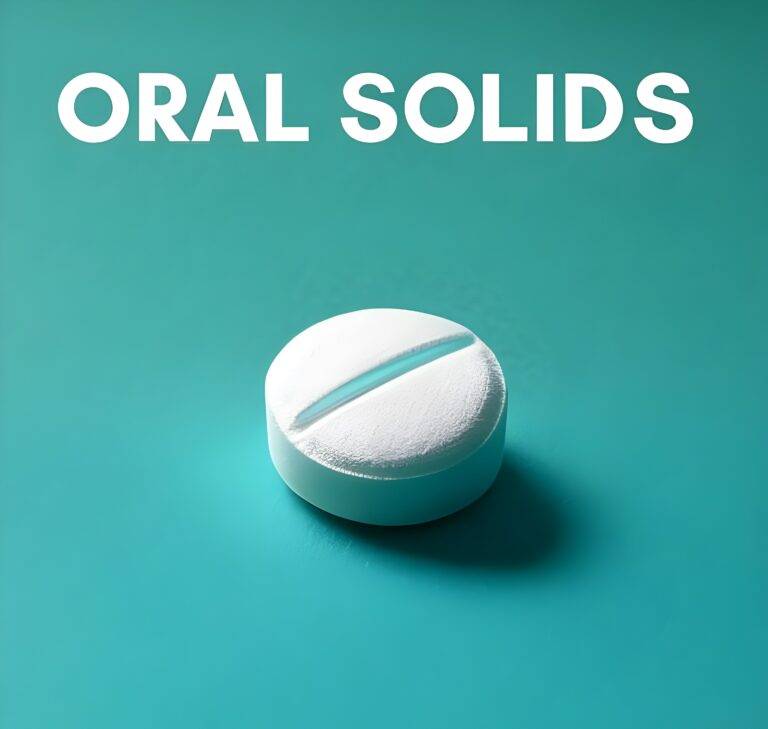




FAQs
Here are some frequently asked questions about Orphan Disease / Rare Disease
.
An Orphan Disease is a condition that affects a small percentage of the population. Hycon is committed to supporting the development and manufacturing of treatments for these rare diseases by providing specialized CDMO services that cater to the unique needs of Orphan Drug development.
Hycon offers a comprehensive suite of CDMO services for Orphan Drugs, including drug formulation, process development, clinical trial materials manufacturing, and commercial-scale production. We work closely with our partners to bring these critical treatments to market.
Quality assurance is a cornerstone of our services. Hycon ensures compliance with stringent industry standards, reducing risk and guaranteeing product integrity. Our state-of-the-art facilities and experienced team ensure that every product meets or exceeds the highest quality benchmarks.
Hycon is a preferred partner due to our deep expertise in small molecule oral dosage development, delivery technologies, and multi-modality manufacturing. We provide customized solutions and scalability, ensuring a faster time-to-market for Orphan Drugs.
We address the challenges of Orphan Drug development by employing innovative techniques to increase bioavailability or achieve controlled release for challenging APIs. Our team is adept at developing new formulation approaches and optimizing existing products.
Absolutely. Hycon offers regulatory services to ensure global compliance, streamline approvals, and support the product lifecycle with strategic regulatory planning and quality assurance.
Hycon employs a range of oral technologies and integrated solutions to enhance efficacy, bioavailability, adherence, and safety. Our innovative techniques are dedicated to addressing the formulation challenges of poorly soluble drugs.
Yes, we do. Hycon’s comprehensive services encompass small, pilot, full-scale, and adaptive manufacturing solutions across all phases of clinical trials for Orphan Drugs.
Partnering with Hycon offers numerous benefits, including faster time-to-market, risk mitigation, and expert guidance throughout the development process. Our client-centric approach ensures that your project is handled with the utmost care and professionalism.



